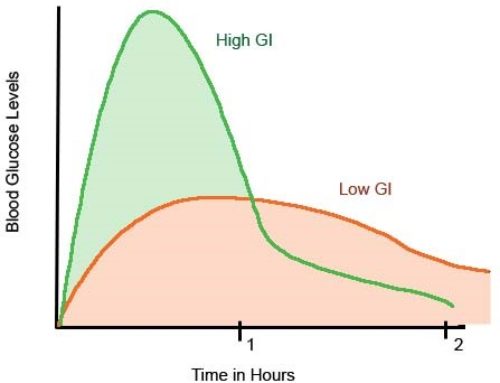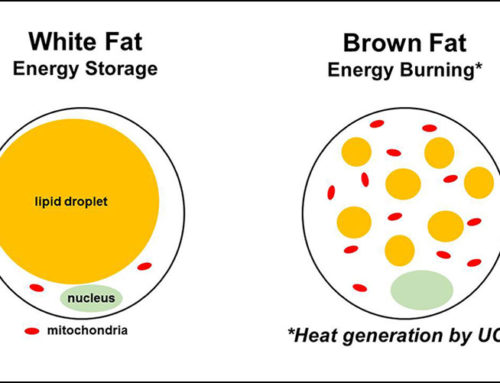
What Is It?
Intermittent fasting is a diet regimen that cycles between brief periods of fasting, with either no food or significant calorie reduction, and periods of unrestricted eating. It is promoted to change body composition through loss of fat mass and weight, and to improve markers of health that are associated with disease such as blood pressure and cholesterol levels. Its roots derive from traditional fasting, a universal ritual used for health or spiritual benefit as described in early texts by Socrates, Plato, and religious groups. [1] Fasting typically entails a steady abstinence of food and beverages, ranging from 12 hours to one month. It may require complete abstinence, or allow a reduced amount of food and beverages.
Prolonged very low calorie diets can cause physiological changes that may cause the body to adapt to the calorie restriction and therefore prevent further weight loss. [2] Intermittent fasting attempts to address this problem by cycling between a low calorie level for a brief time followed by normal eating, which may prevent these adaptations. However, research does not consistently show that intermittent fasting is superior to continuous low calorie diets for weight loss efficiency.
How It Works
The most common methods are fasting on alternate days, for whole days with a specific frequency per week, or during a set time frame.
- Alternate-day fasting—Alternating between days of no food restriction with days that consist of one meal that provides about 25% of daily calorie needs. Example: Mon-Wed-Fri consists of fasting, while alternate days have no food restrictions.
- Whole-day fasting—1-2 days per week of complete fasting or up to 25% of daily calorie needs, with no food restriction on the other days. Example: The 5:2 diet approach advocates no food restriction five days of the week, cycled with a 400-500 calorie diet the other two days of the week.
- Time-restricted feeding—Following a meal plan each day with a designated time frame for fasting. Example: Meals are eaten from 8am-3pm, with fasting during the remaining hours of the day.
Potential Pitfalls
This type of dietary pattern would be difficult for someone who eats every few hours (e.g., snacks between meals, grazes). It would also not be appropriate for those with conditions that require food at regular intervals due to metabolic changes caused by their medications, such as with diabetes. Prolonged periods of food deprivation or semi-starvation places one at risk for overeating when food is reintroduced, and may foster unhealthy behaviors such as an increased fixation on food.
Individuals with the following conditions should abstain from intermittent fasting:
- Diabetes
- Eating disorders that involve unhealthy self-restriction (anorexia or bulimia nervosa)
- Use of medications that require food intake
- Active growth stage, such as in adolescents
- Pregnancy, breastfeeding
Source: Harvard School of public Health
Alternative ways to do it in a Healthy way
You can do intermittent fasting in a more healthy way by fasting from 6.00-7.00 PM to 12.00 noon the next day and eat cooked foods only between 12.00 noon to 6.00 PM. During the fasting hours you can eat raw foods like fruits, vegetables or vegetable juices, nuts (10-12 a serve), seeds, coconut water etc hence providing the body with some wholesome nutrition.
Bottom Line
Intermittent fasting is a safe method to lose weight and maintain a healthy body weight provided you healthy raw food in the fasting times so the body does not crave for unhealthy foods in the eating window.




Leave A Comment